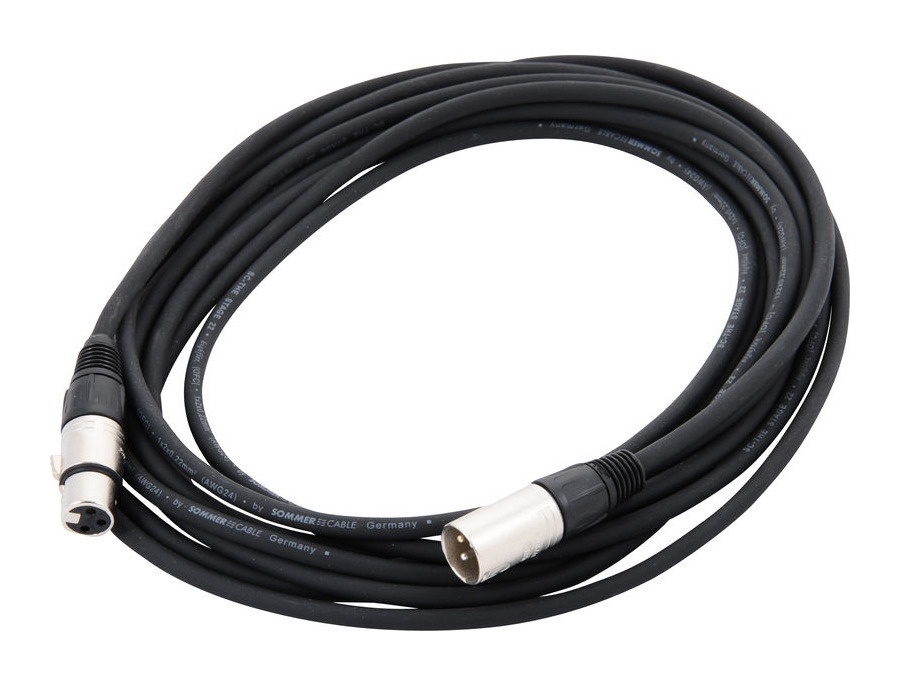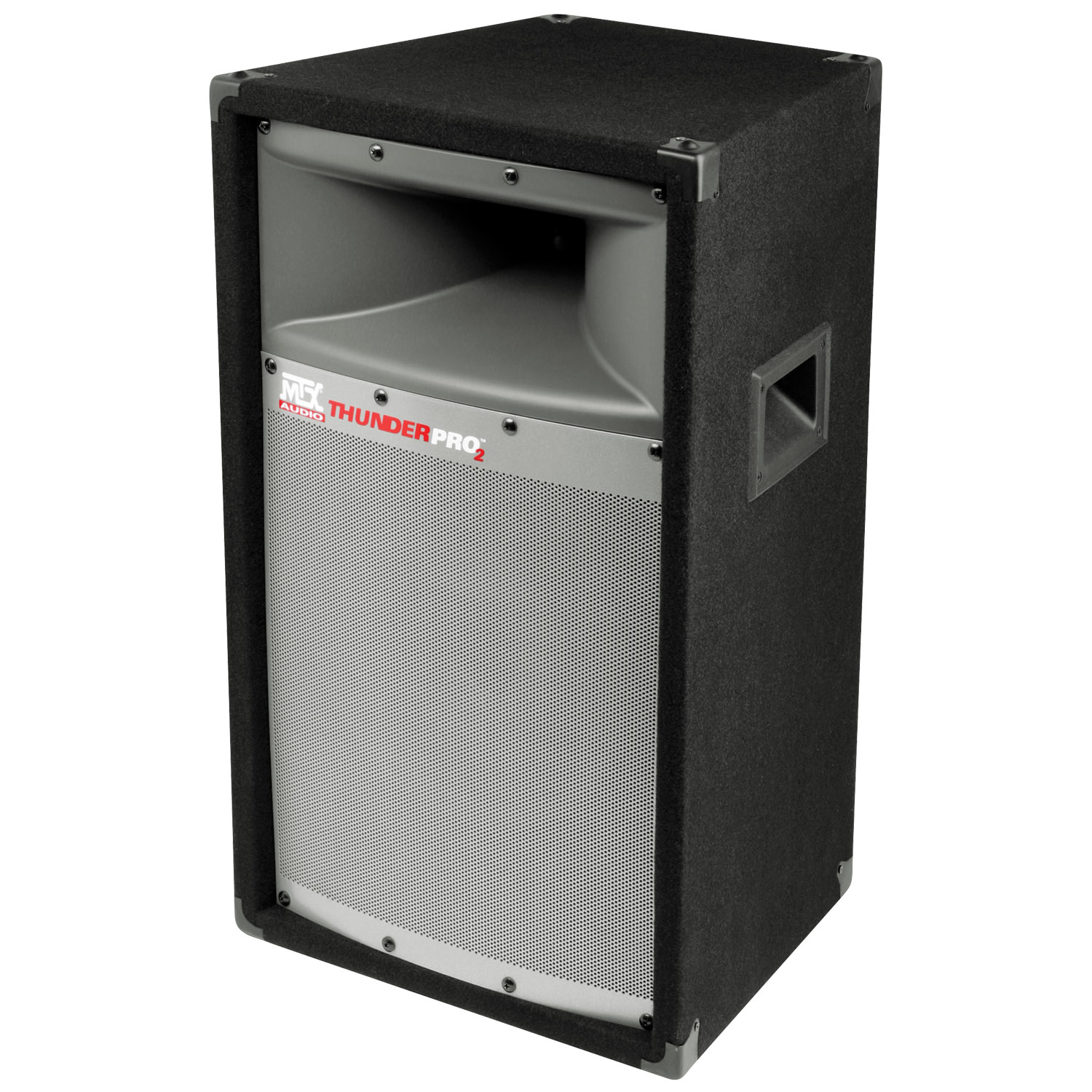Your Business Is Mobile. Your Project Management Should Be Too.
The roofing contractor’s job just got much easier when it comes to managing multiple projects. ProAPP™, operating on cloud technology, has everything a roofing contractor needs to run a professional business, all with the support of Atlas® products, literature, promotions and training tools.
The new project management ProAPP™ for iPad® proves that Atlas always has the contractor in mind when developing new products. Atlas has long provided contractors with the most efficient materials to do their job and now we have put it literally at their fingertips.
Save on time and increase revenue by using a personalized profile to access, store, update and track all inputed data from anywhere the job takes you – and as a contractor, you know it’s not likely behind a desk.
Specialties: Our experienced DJs will host Wedding Ceremonies and Receptions, Birthday/Theme Parties, Corporate Events, Outdoor Events, you name it!! We also offer services including Photo Booth Packages, Dance Lighting, Uplighting. Atlas Dynamics Wins 2018 Red Dot Product Design Award with the Atlas Pro Professional Drone. Autonomous drone provider Atlas recently partnered with the Military Police of Rio de Janeiro State to launch the company’s flagship AtlasPRO to bolster the agency’s security efforts for the Copa America soccer tournament. Atlas Pro DJs can provide DJ services, uplighting, dance floor lighting, monograms, photo booths, video DJs, karaoke, and equipment rentals to make sure your event is fun and memorable. From song selection all the way to emcee services, we can guide you through the entire planning process, and consider that an important part of what we offer.
Click each icon to find out more about the ProAPP™ features Atlas created just for you!
Click here to watch a tutorial video about how to get started with the ProAPP.

Watch The Walkthrough Videos Below To Learn More About ProAPP™
Ross Hauser, MD Caring Medical Florida
Atlantoaxial instability treatment and repair without surgery
In this article, we will examine our published research findings and the latest in medical research concerning atlantoaxial instability and the myriad of symptoms and challenges it creates for patients.
Atlantoaxial instability can be caused by many factors. Trauma injury, congenital defects (defects from birth), and arthritis. The focus of this article will concentrate on the impact of cervical spine ligament injury and how addressing this injury can help alleviate pain and symptoms.
A patient will come into our clinics, they will describe a daily, emotional battle with the symptoms of “suspected” or “suspicious” atlantoaxial instability. They will tell us about:
- Neck pain and muscle spasms and a confusing diagnosis of Cervical dystonia or wryneck or Torticollis. In fact, your medical journey may have started one day when you went to the doctor because you had painful, involuntary muscle spasms in the neck and your head started rotating and tilting to one side as these spasms got worse.
- Jaw pain and a problem with subluxing or tilted mandibles. Many will be diagnosed with TMJ and be recommended to a lot of treatments that did not help them.
- Migraines and tension headaches accompanied by neck pain and the types of medications they have been prescribed.
- Losing their balance and unsteadiness on their feet.
- Vision is becoming a problem.
The patient will then related a long, confusing, frustrating medical history that including MRIs, CT Scans, Physical therapy and countless medications.
In some patients, an MRI will reveal that the Atlantoaxial joint between C1-C2 has subluxed or moved out of place. Some of these patients will reveal to us that they have been recommended for a cervical fusion surgery. Some patients will tell us that their doctors have recommended to wait on the surgery until “things get really bad.”
For some who did not have a positive MRI reading for Atlantoaxial joint subluxation, they will tell us that they have been recommended to counseling and for mental illness screening. They have been told it may be “all in your head.”
It is not all in your head, it is all in your neck – let’s get to some answers
Atlantoaxial instability is the abnormal, excessive movement of the joint between the atlas (C1) and axis (C2). This junction is a unique junction in the cervical spine as the C1 and C2 are not shaped like cervical vertebrae. They are more flattened so as to serve as a platform to hold the head up. The bundle of ligaments that support this joint are strong bands that provide strength and stability while allowing the flexibility of head movement and to allow unimpeded access (prevention of herniation or “pinch”) of blood vessels that travel through them to the brain.
Understanding how the Atlas and its ligaments support your head and how damage to those ligaments causes the symptoms of neck pain, limited head and neck motion, and possibly sensory issues.
To the left, we have a picture of the Greek mythological titan Atlas. Atlas was ordered by the king of the Greek gods Zeus, to hold the sky in the heavens (later the earth in the heavens as depicted in art). The C1 vertebra is therefore aptly named the Atlas as it holds the weight of your head as Atlas in mythology holds “the weight of the world.”
A little bit of pretending helps us understand the role of cervical ligaments in Atlantoaxial instability and how the weight of the world can damage our neck.
- Let’s pretend the globe in the picture to the left is your head.
- Atlas’s shoulders and torso are the C1 vertebra
- If we pretend that his arms are the cervical ligaments that hold the globe in place on his shoulders and his legs are the cervical ligaments that hold him to the ground, we can see how damage to the arms and legs can make the earth (your head) fall and tilt and create the health challenges typical of Atlantoaxial instability. The ground we will pretend is the C2 axis vertebrae that the C1 atlas stands on.
If Atlas’s right arm is injured, the weight of the world will fall on the left hand. With this extra burden and stress, the left arm will eventually suffer fatigue, wear and tear, and weaken. With both arms injured and weakened the earth (your head) will wobble between the right and left arm.
If Atlas’s right leg is injured, he will shift his weight to his left leg. The earth will tilt towards his left leg. With this extra burden and stress, the left leg and left arm will eventually be injured. Atlas himself will wobble and have balance issues.
To fix Atlas’s problems, you need to fix his cervical ligaments. His supporting structures that keep the globe steady.
To fix your Atlantoaxial instability, you need to fix your cervical ligaments.
When ligaments are ignored, Occipitoaxial fusion becomes the treatment

Fixing the ligaments is usually not the first choice among more traditional doctors. Fusion surgery is. In the above picture, if we cemented Atlas’s feet to the ground do you think his knees and hips would suffer? When your C1-C2 cervical vertebrae are fused to limit atlantoaxial instability and related symptoms, the force and energy in your neck movements are going to be transferred to those vertebrae below the fusion. In many patients, all this accomplishes is transferring the atlantoaxial instability to the lower cervical vertebrae.
The following research highlights these problems:

In a recent study (July 2018) published in the Archives of Orthopaedic and Trauma Surgery, doctors examined occipitoaxial fusion for atlantoaxial instability in non-rheumatoid arthritis.
Study findings: More than 1/3rd patients had complications after occipitoaxial fusion for atlantoaxial instability
- 41 patients underwent occipitoaxial fusion for atlantoaxial instability.
- Fifteen patients with postoperative adjacent segment disease. (Complications of pain and mobility)
- Twenty-six patients without postoperative adjacent segment disease.
- Fifteen patients with postoperative adjacent segment disease had a high incidence of sub axial subluxation (displacement of the vertebrae below the fusion) and swan neck deformity (extreme, unnatural curvature in the neck) (1)
This type of surgery, with its high complication rate and similar procedures, may not even be necessary.
Cervical spine ligament weakness is why many cervical neck pain patients do not have a successful surgery.
Doctors at the University of Waterloo in Canada published research in the Spine Journal (2) where they were attempting to define a new clinical scoring system for patients with cervical neck instability. The scoring system would help identify the role of cervical ligaments in difficult to treat neck pain and instability.
This is what came out of this research:
- “Predicting physiological (normal) range of motion (ROM) using a finite element (FE) model (a numeric scoring system) of the upper cervical spine requires the incorporation of ligament laxity.”
- Our comment: The doctors understand that ligament laxity is a problem of stability and range of motion in the neck.
- The effect of ligament laxity can be observed only on a macro level of joint motion and is lost once ligaments have been dissected and preconditioned for experimental testing.
- Our comment: It is hard on any level to accurately determine the amount of ligament damage to the amount of instability because even small injuries or damage, sometimes undetectable, cause big problems.
- As a result, although ligament laxity values are recognized to exist, specific values are not directly available in the literature for use in finite element models.
- Our comment: Ligament laxity is a mystery and why cervical neck pain patients have a difficult time finding the right medical care.
Surgery, unless a life-threatening or extreme situation, should never be considered until the problems of the cervical ligaments are addressed.
Cervical ligament injury should be more widely viewed as a key, if not THE key, to atlantoaxial instability treatment
In a 2015 paper appearing in the Journal of Prolotherapy, our staff along with our co-writer Paul Fisher wrote that cervical ligament injury should be more widely viewed as a key, if not THE key, to chronic neck pain and various cervical neck related disorders including atlantoaxial instability treatment. In our opinion, in many patients, cervical ligament injury is underlying pathophysiology (the cause of) atlantoaxial instability and the primary cause of cervical myelopathy (disease).(3)
This was a continuation in the series of published research Caring Medical Regenerative Medicine Clinics is producing on the problems of cervical instability including the 2014 article Chronic Neck Pain: Making the Connection Between Capsular Ligament Laxity and Cervical Instability led by Danielle Steilen.(4)
In that research, our team suggested that the cervical capsular ligaments are the main stabilizing structures of the facet joints in the cervical spine and that they are a major source of chronic neck pain. The instability these injuries create often reflects a state of instability in the cervical spine and is a symptom common to a number of conditions including disc herniation,
- cervical spondylosis,
- whiplash injury and whiplash associated disorder,
- postconcussion syndrome,
- vertebrobasilar insufficiency,
- and Craniocervical syndrome (aka Barré-Liéou syndrome).
Atlas Pro Djs App
In the upper cervical spine (C0-C2), this can cause a number of other symptoms including, but not limited to, nerve irritation and vertebrobasilar insufficiency with associated cervical vertigo, dizziness, tinnitus, facial pain, arm pain, and migraine headaches.
An overstressed transverse ligament may be the culprit to your myriad of symptoms
Atlas Pro Djs Reviews
In June 2017, German researchers publishing in Zeitschrift für Orthopädie und Unfallchirurgie (Journal of Orthopedics and Trauma Surgery) also saw the connection of damaged cervical ligaments and chronic neck problems. Here is what they wrote:
- The odontoid process (the protruding bony process of the C2 (Axis)) and the transverse ligament are the most important structures stabilising the atlantoaxial complex.
- There is not a clear understanding of how injuries of these structures contribute towards neck instability and a potential narrowing of the spinal canal.
The German team set out to investigate in human cadaver studies, fracture and displacement of the odontoid process and ruptures and tears of the transverse ligament. After examination and compilation of date, the researchers concluded:
- “Our results demonstrate that a relevant constriction of the spinal canal may be due to isolated or combined injuries of the bone and the transverse ligament. Furthermore, our results show the importance of posttraumatic immobilization of the spine with a view to the role of the transverse ligament for stabilization of the atlantoaxial complex.”(5) (Neck collars and other devices).
The c2 vertebra is moving and causing basilar invagination
In March 2019, a team of neurosurgeons wrote in the medical journal World Neurosurgery, (6) about cervical instability and osteoarthritis. What they found was the degenerative condition of the cervical spine could result in hypermobility of the atlantoaxial segment (excessive rotation, possible subluxations) and cause overstress in the transverse ligament and the lateral atlantoaxial joints.
The surgeons noted: “These changes explain the pathogenesis of atlantoaxial dislocation and basilar invagination associated with osteoarthritis.”

In other words, the c2 vertebra is moving and causing basilar invagination, (reducing the size of the opening in the skull (the foramen magnum)) where the spinal cord passes into the brain. This excessive movement is caused by an overstressing (wear and tear) degeneration of the transverse ligament. This is causing the symptoms we alluded to earlier including balance issues, vision issues, headache, hearing issues, among others.
Investigating the role of Prolotherapy in the reduction of pain and symptoms associated with increased cervical intervertebral motion and ligament damage
Atlas Pro Djs Review
In the above research, we have made the case that the complexity of your problems may be caused by cervical instability caused by weakened and damaged cervical spine ligaments. Now we will begin to make the case that your symptoms may be alleviated on a long-term more permanent basis with the use of Prolotherapy.
Prolotherapy is a regenerative injection technique that utilizes substances as simple as dextrose to repair and regenerate damaged ligaments.
In 2015, Caring Medical and Rehabilitation Services published findings in the European Journal of Preventive Medicineinvestigating the role of Prolotherapy in the reduction of pain and symptoms associated with increased cervical intervertebral motion, structural deformity and irritation of nerve roots.
Atlas Pro Djs
Twenty-one study participants were selected from patients seen for the primary complaint of neck pain. Following a series of Prolotherapy injections, patient-reported assessments were measured using questionnaire data, including range of motion (ROM), crunching, stiffness, pain level, numbness, and exercise ability, between 1 and 39 months post-treatment (average = 24 months).
- Ninety-five percent of patients reported that Prolotherapy met their expectations in regard to pain relief and functionality. Significant reductions in pain at rest, during normal activity, and during exercise were reported.
- Eighty-six percent of patients reported overall sustained improvement, while 33 percent reported complete functional recovery.
- Thirty-one percent of patients reported complete relief of all recorded symptoms. No adverse events were reported.
We concluded that statistically significant reductions in pain and functionality, indicating the safety and viability of Prolotherapy for cervical spine instability.(7)
Atlas Pro Djs Inc
If this article has helped you understand the problems of atlantoaxial instability and you would like to explore Prolotherapy as a possible remedy, ask for help and information from our specialists
References for this article
1 Wu X, Qi Y, Tan M, Yi P, Yang F, Tang X, Hao Q. Incidence and risk factors for adjacent segment degeneration following occipitoaxial fusion for atlantoaxial instability in non-rheumatoid arthritis. Archives of orthopaedic and trauma surgery. 2018 Jul 1;138(7):921-7. [Google Scholar]
2 Lasswell TL, Cronin DS, Medley JB, Rasoulinejad P. Incorporating ligament laxity in a finite element model for the upper cervical spine. The Spine Journal. 2017 Jun 30. [Google Scholar]
3 Hauser R, Steilen-Matias D, Fisher P. Upper cervical instability of traumatic origin treated with dextrose prolotherapy: a case report. Journal of Prolotherapy. 2015;7:e932-e935.
4 Steilen D, Hauser R, Woldin B, Sawyer S. Chronic neck pain: making the connection between capsular ligament laxity and cervical instability. The open orthopaedics journal. 2014;8:326. [Google Scholar]
5 Meyer C, Bredow J, Heising E, Eysel P, Müller L, Stein G. Influence of Osseous and Ligamentous Injuries on the Stability of the Atlantoaxial Complex. Zeitschrift fur Orthopadie und Unfallchirurgie. 2017 Jun;155(3):318. [Google Scholar]
6 Wang HW, Ma LP, Yin YH, Yu XG, Meng CL. Biomechanical Rationale for the Development of Atlantoaxial Instability and Basilar Invagination in Patients with Occipitalization of the Atlas: A Finite Element Analysis. World neurosurgery. 2019 Mar 26. [Google Scholar]
7 Hauser RA, Steilen D, Gordin K. The Biology of Prolotherapy and Its Application in Clinical Cervical Spine Instability and Chronic Neck Pain: A Retrospective Study. European Journal of Preventive Medicine. 2015;3(4):85-102. [Google Scholar]
2390
